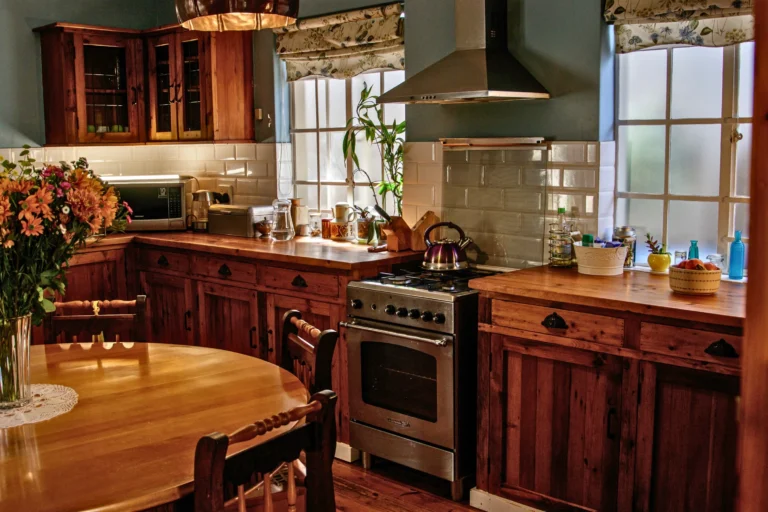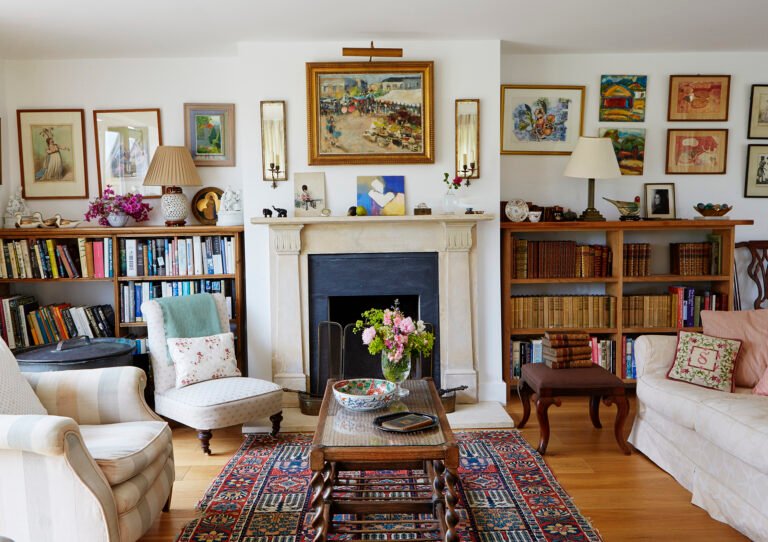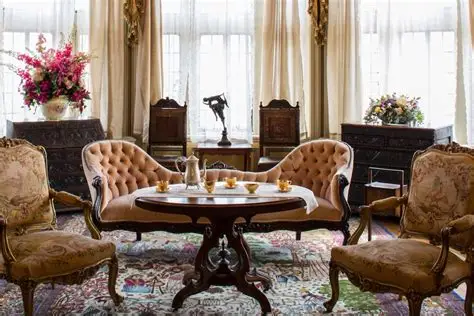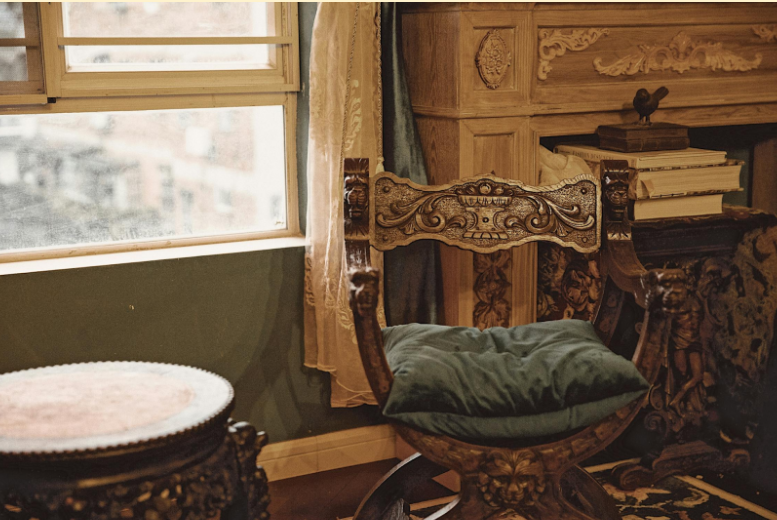
Rare Antique Furniture Pieces Worth Collecting
Antique furniture offers a unique blend of history, artistry, and functionality. Each piece tells a story, reflecting the style, materials, and craftsmanship of its era. For collectors and enthusiasts, rare antique furniture pieces worth collecting are more than decorative items—they are investments, conversation starters, and heirlooms that can be passed down through generations.
Collecting antiques requires knowledge, patience, and a discerning eye. Understanding which pieces are rare and valuable helps you build a collection that enhances your home and retains long-term value.
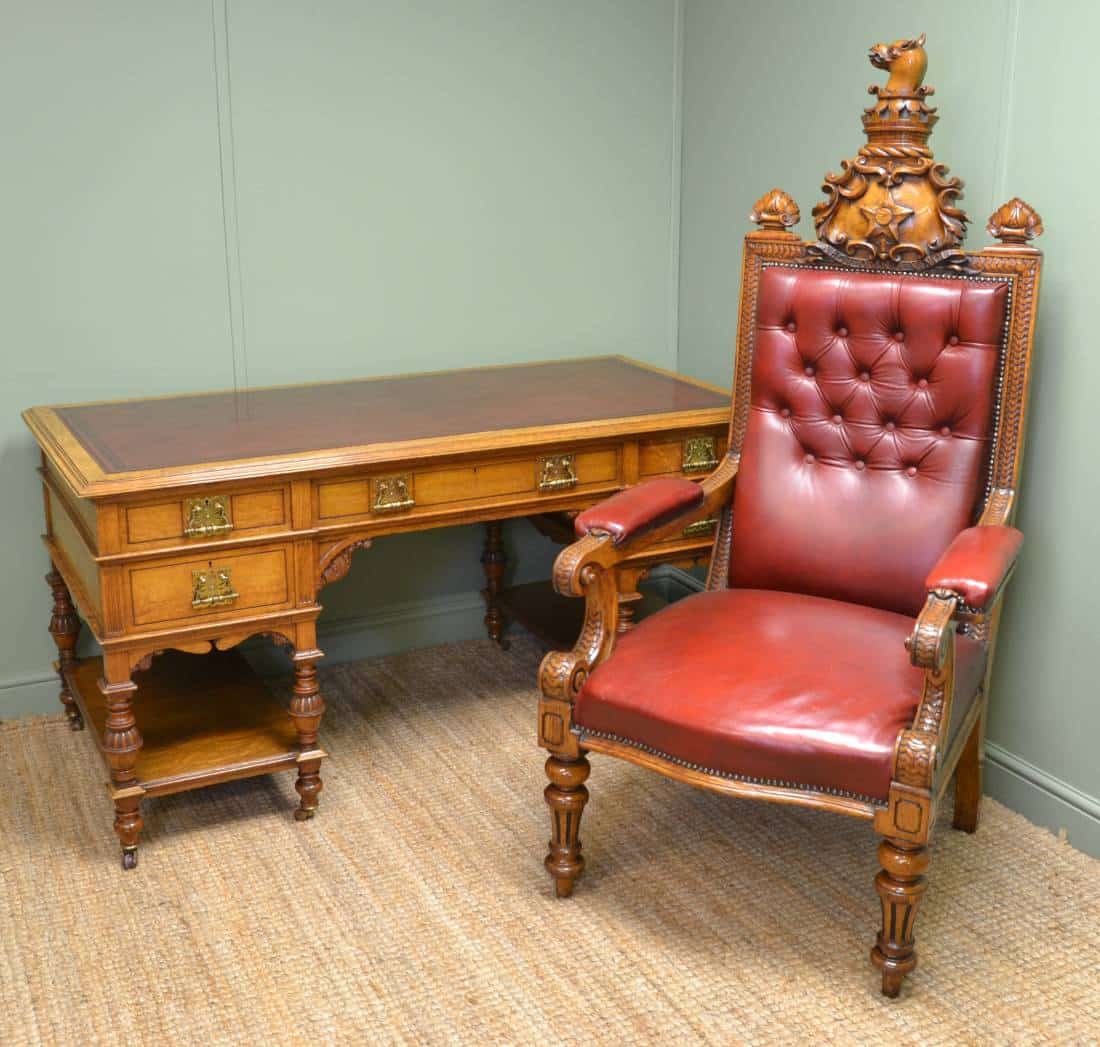
Why Collect Rare Antique Furniture
Collecting antiques is rewarding for several reasons:
-
Historical value: Each piece represents a specific period and design style.
-
Craftsmanship: Hand-carved details, joinery techniques, and finishes reflect skilled artisanship.
-
Unique design: No two antiques are exactly alike, giving your collection distinct character.
-
Investment potential: Rare pieces often appreciate in value over time.
-
Conversation starters: Antique furniture can become the focal point of a room.
By focusing on quality, rarity, and provenance, collectors can enjoy both the aesthetic and financial benefits of antique furniture.
Key Types of Antique Furniture Worth Collecting
1. Georgian Furniture
-
Origin: Britain, early 18th to early 19th century
-
Features: Elegant lines, fine wood, intricate carvings
-
Why collect: Georgian chairs, tables, and cabinets exemplify classical craftsmanship and remain highly sought after by collectors.
2. Victorian Furniture
-
Origin: Mid to late 19th century
-
Features: Dark woods, ornate carvings, rich upholstery
-
Why collect: Iconic and dramatic, Victorian furniture includes armchairs, sideboards, and tables that make bold statements in any space.
3. Art Deco Pieces
-
Origin: 1920s–1930s
-
Features: Sleek geometric shapes, luxurious materials, bold colors
-
Why collect: Art Deco furniture combines vintage charm with modern elegance, ideal for collectors seeking statement pieces.
4. Mid-Century Modern
-
Origin: 1940s–1960s
-
Features: Clean lines, functional design, high-quality wood
-
Why collect: Highly popular today, Mid-Century Modern chairs, desks, and cabinets remain in demand due to their timeless appeal.
5. Rare Oriental Furniture
-
Origin: China, Japan, and other Asian regions
-
Features: Lacquer finishes, intricate inlays, traditional craftsmanship
-
Why collect: Oriental cabinets, chests, and tables offer exotic appeal and investment value for collectors worldwide.
Tips for Collecting Antique Furniture
-
Research provenance: Learn the history and origin of each piece.
-
Check condition: Avoid items with major structural damage unless restoration is planned.
-
Verify authenticity: Look for period-specific joinery, wood, and hardware.
-
Focus on rarity: Limited production or unique designs increase value.
-
Prioritize craftsmanship: Quality construction matters more than ornate embellishments.
-
Consult experts: Antique dealers or appraisers can guide you in valuing pieces accurately.
Following these tips ensures that your collection is both valuable and aesthetically impressive.
How to Display Antique Furniture
Proper display enhances both beauty and function:
-
Create focal points: Position statement pieces like armoires or desks where they draw attention.
-
Mix with modern décor: Combine antiques with contemporary furniture for a curated look.
-
Highlight craftsmanship: Use lighting to emphasize carvings, inlays, and finishes.
-
Functional use: Tables, desks, and cabinets can still serve everyday purposes.
-
Rotate pieces: Move furniture periodically to reduce wear and exposure to sunlight.
Thoughtful display keeps your antiques protected while showcasing their unique character.
Caring for Rare Antique Furniture
Preserving your collection requires attention:
-
Regular cleaning: Dust surfaces and vacuum upholstered areas carefully.
-
Protect finishes: Use coasters, placemats, and tablecloths to prevent damage.
-
Tighten joints: Inspect screws and bolts to maintain structural stability.
-
Polishing and restoration: Occasionally polish wood or restore upholstery to maintain appearance.
-
Avoid direct sunlight: Protect furniture from fading and warping.
Proper care ensures your antiques remain beautiful and functional for decades.
Conclusion
Rare antique furniture pieces worth collecting combine history, artistry, and investment potential. From Georgian elegance to Mid-Century Modern charm, each piece tells a story and enhances any home. By prioritizing craftsmanship, authenticity, and rarity, collectors can assemble a collection that is visually striking, valuable, and enduring. With careful display and maintenance, antique furniture provides both functional beauty and a tangible connection to the past, making every piece a treasure in your home.

